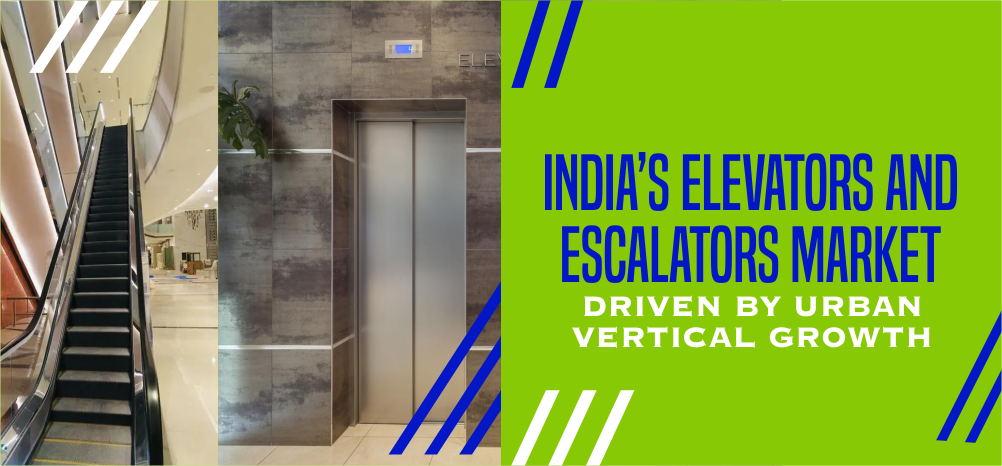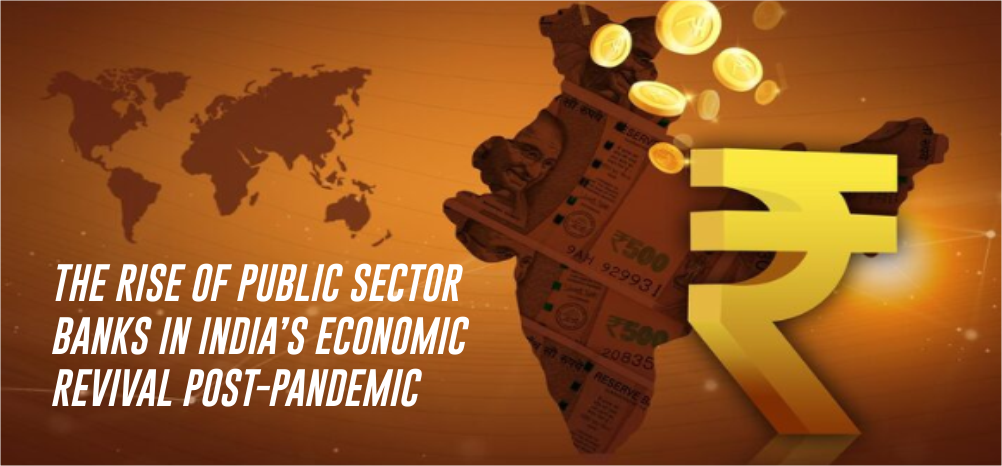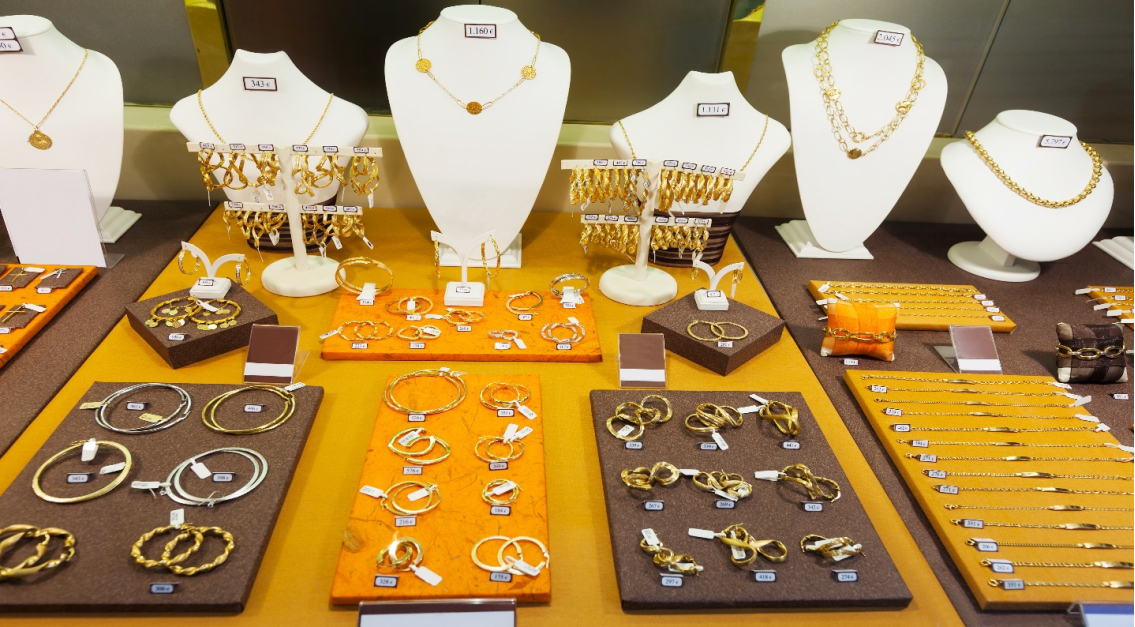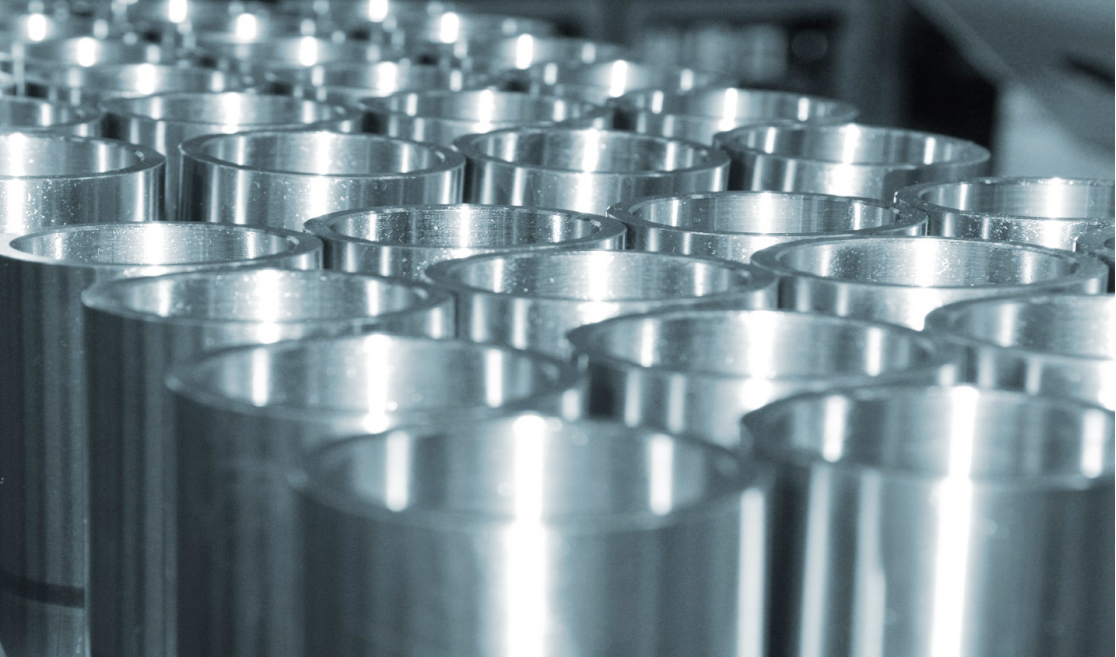Advantage India
Growing
Demand
*The Indian Beauty and Personal Care (BPC) market is experiencing rapid growth, projected to reach a GMV of Rs. 2,60,610 crore (US$ 30 billion) by CY27. This represents 5% of the global beauty industry. The market is expanding at an annual growth rate of around 10%, making it the fastest-growing BPC market among major economies.
*India’s e-retail sector is poised for strong long-term growth, with GMV projected to rise over 18% annually to reach Rs. 14.5 lakh crore (US$ 170 billion) by 2030.
*India's Business-to-Business (B2B) online marketplace would be a US$ 200 billion opportunity by 2030.
Attractive
Opportunities
*In FY25, India's e-commerce sector achieved a GMV of approximately Rs. 1.19 lakh crore (US$ 14 billion), reflecting a 12% YoY growth.
*In August 2025, Flipkart has created over 2.2 lakh seasonal jobs and plans 650 additional festive delivery hubs in tier II & III cities, complementing Amazon India’s 1.5 lakh festive hires, highlighting strong e-commerce employment growth ahead of the season.
*India’s e-commerce industry, valued at Rs. 10,82,875 crore (US$ 125 billion) in 2024, is projected to grow to Rs. 29,88,735 crore (US 345 billion) by 2030, reflecting a compound annual growth rate (CAGR) of 15%.
Policy
support
*100% FDI is allowed in B2B e-commerce & marketplace model of E-commerce.
*Government initiatives like the National Logistics Policy and Digital India are boosting e-commerce by improving connectivity, streamlining logistics, and expanding digital access. These efforts aim to support the creation of a trillion-dollar online economy by 2025
*The Union Budget 2025-26 backs MSMEs with increased investment limits, better credit support, and a Rs. 10,000 crore (US$ 1.17 billion) startup fund. It also promotes electronics manufacturing and Global Capability Centre in Tier 2 cities to strengthen e-commerce supply chains.
Increasing
Investments
*Amazon CEO Mr. Andy Jassy announced that the company is committed to invest US$ 26 billion in India by 2030, out of which US$ 11 billion has already been invested as of July 2025.
*In June 2025, Nestle India announced plans to invest Rs. 5,000 crore (US$ 585 million) in capacity expansion, new product lines, and sustainability across its factories.

Major Hubs for E-commerce
- Karnataka
- Delhi
- Maharashtra
- Tamil Nadu
- Andhra Pradesh

Industry Contacts
Posters
MORE
CLICKING THE CART
India's E-commerce industry is expected to reach US$ 99 billion in size by 2024
IBEF Campaigns
MORE
Aatmanirbhar Bharat Utsav 2024
Union Minister of External Affairs, Dr. S. Jaishankar and Union Commerce an...
Case Studies
MOREIBEF BLOG
MOREIndian Agriculture and the Rise of Organic Farming
Agriculture is the primary occupation in India. It is considered the backbo...
India’s Artificial Jewellery Market Boom: Affordable Fashion Fuelling Domestic and Export Demand
The market of artificial jewellery in India is expanding rapidly. An increa...
How Government Policies Shape the Steel Industry in India
The steel industry contributes significantly to India’s manufacturing...











